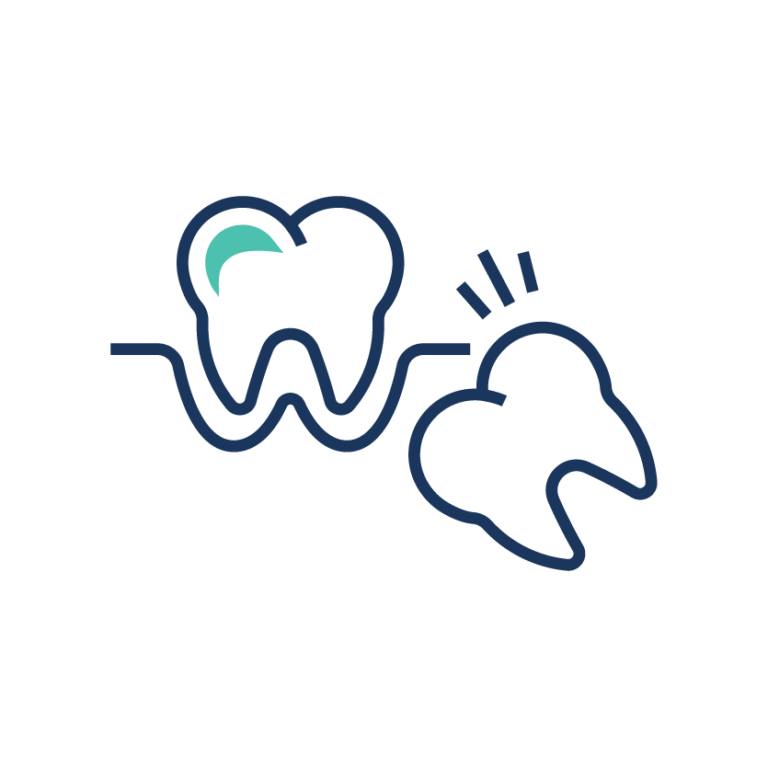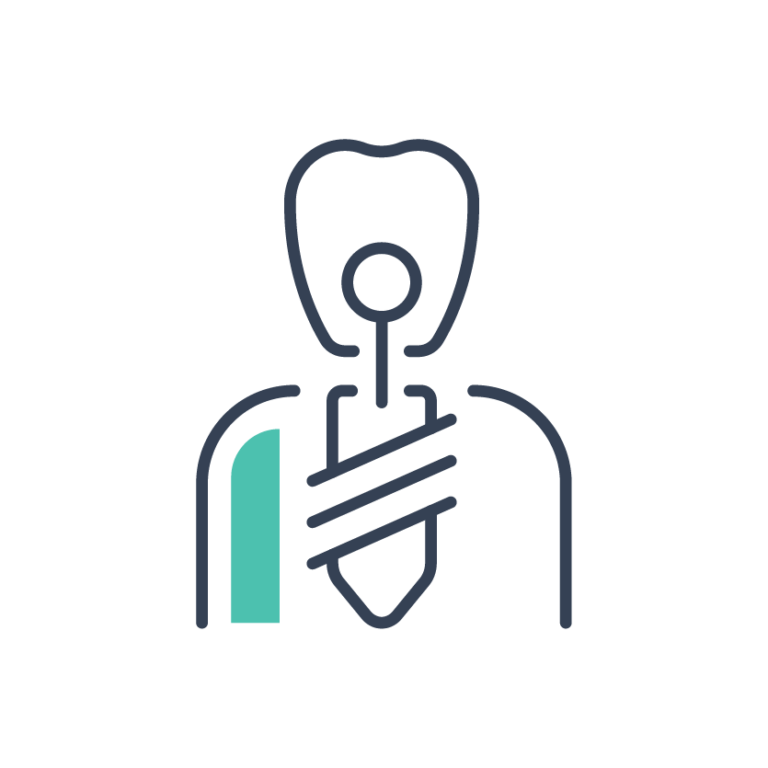Single/Multiple
Tooth Extraction
Saving a tooth is usually preferable to extracting a tooth. However, there are instances where a restorative procedure isn’t feasible. In these cases, an extraction is the only solution that will put a patient’s oral health back on the right track.
At BiemCare, we perform tooth extractions in Camas for patients with dental trauma, tooth crowding, periodontal disease, and other conditions.
Do you have an issue with a wisdom tooth? Visit our wisdom tooth extractions page to learn more about this procedure, or schedule your wisdom tooth removal.
PROCEDURE TIME: 1-10 minutes
Teeth are only extracted when the dentist determines that it is medically necessary to do so. Your dental provider will consider all treatment options before recommending a tooth extraction. Extractions are often prescribed for the following conditions:
- Dental crowding (malocclusion)
- Wisdom tooth complications
- Hyperdontia/supernumerary (extra teeth)
- Dental trauma
- Aggressive tooth decay
- In preparation for implants or dentures
Following a tooth extraction, the dentist or oral surgeon may recommend a dental bone graft. Dental bone grafts are recommended in instances where the bone may resorb (shrink) around the extraction site which can lead to future complications.
There are actually two types of extractions: simple and surgical. Simple extractions typically involve teeth that are fully erupted and can be removed whole. Surgical extractions are more complex and may require sectioning the tooth or the removal of bone or gum tissue.
Following the extraction procedure, your provider will explain important aftercare instructions. Please follow these instructions carefully to minimize the risk of post-operative complications.
Keep gauze over the extraction site for at least two hours. The gauze should be replaced every 30 to 45 minutes or until bleeding stops.
A blood clot will form over the extraction site within 24 to 48 hours following the procedure. Blood clots are essentially natural band-aids; they help prevent bacteria and particles from entering the site and are an important part of the healing process. If a blood clot becomes dislodged, it can lead the site to become infected or develop a painful dry socket (alveolar osteitis).
To ensure your extraction site heals properly, follow these “tips”:
- Do not exercise or physically exert yourself for the first few days after your extraction. (Heightened blood pressure can cause a blood clot to become dislodged.)
- Avoid smoking, vaping, and drinking from a straw for at least 72 hours following the procedure. The suction/vacuum in the mouth can cause the blood clot to become dislodged, leading to a dry socket.
- Sleep with your head elevated to reduce blood pressure. Do not sleep on your side.
- Stick to soft foods for the first 24 hours.
- An ice pack can be applied to the cheek to help with swelling. (Do not apply ice directly to the extraction site.)
After a tooth is pulled it should be replaced with either a dental implant or bridge to maintain the health of the jawbone and prevent neighboring teeth from drifting out of place (which can lead to further tooth loss).






